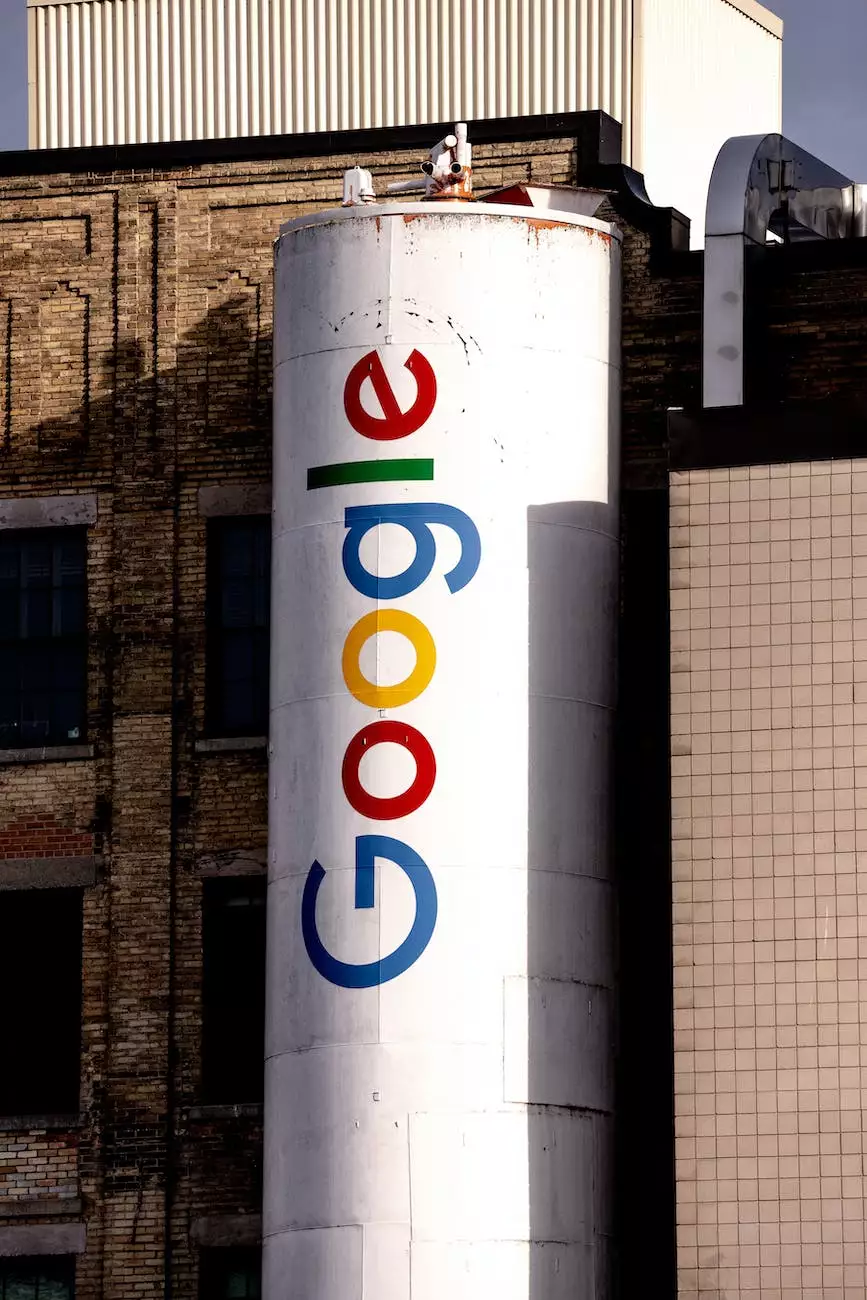Amazon PPC vs. Google PPC: What's the Difference?
Blog
Introduction
Welcome to Alan's Creative - your trusted partner in the world of website development and business and consumer services. In this article, we aim to shed light on the key differences between Amazon PPC and Google PPC advertising. By understanding the unique features, targeting options, and ad placements offered by these platforms, you can make informed decisions to boost your online presence and maximize your return on investment.
The Power of Amazon PPC
Amazon PPC (Pay-Per-Click) advertising provides businesses with a highly targeted platform to promote their products directly on Amazon's marketplace. With millions of active shoppers, Amazon offers a massive potential customer base. By leveraging Amazon PPC, you can reach interested shoppers at the exact moment they are searching for products like yours.
Ad Formats and Placement
Amazon PPC offers various ad formats, including Sponsored Products, Sponsored Brands, and Sponsored Display Ads. Sponsored Products appear within search results and product detail pages, while Sponsored Brands appear as headline placements on search results pages. Sponsored Display Ads widen your reach beyond Amazon, displaying your ads on third-party websites and apps.
Targeting Options
Amazon PPC offers precise targeting options to help you connect with your desired audience. You can target shoppers based on specific demographics, interests, or even by specific ASINs (Amazon Standard Identification Numbers). With the ability to set bid adjustments for different targeting criteria, you can optimize your campaigns to achieve better results.
Harnessing the Power of Google PPC
Google PPC (Pay-Per-Click) advertising, primarily through Google Ads, is a vast and versatile advertising platform that covers search, display, video, and more. While it may not offer the same product-focused targeting as Amazon, Google PPC provides unparalleled reach and the ability to target users at different stages of their purchasing journey.
Ad Formats and Placement
Google PPC offers diverse ad formats, including search ads, display ads, video ads, shopping ads, and more. Search ads appear at the top and bottom of organic search results, display ads are shown on relevant websites and apps, and video ads are displayed before, during, or after YouTube videos. Shopping ads are ideal for e-commerce businesses, as they showcase product images, prices, and merchant information.
Targeting Options
Google PPC provides extensive targeting options to reach your ideal audience. You can target users based on their search queries, geographical location, demographics, interests, and even specific websites or placements. Maximize the reach and impact of your campaigns by utilizing Google's advanced targeting features and options.
Key Differences: Amazon PPC vs. Google PPC
Now that we have explored the individual strengths of Amazon PPC and Google PPC, let's delve into the key differences that can help you make an informed decision based on your business needs and objectives.
Intent and Behavior
Amazon PPC taps into the intent-driven behavior of shoppers actively searching for products, with a focus on driving immediate sales within the Amazon ecosystem. On the other hand, Google PPC allows you to target users at various stages of the buying process, from awareness to consideration and conversion.
Product vs. Brand Exposure
Amazon PPC is highly effective in driving product-specific visibility on Amazon, enhancing your chances of making sales. With Google PPC, you can showcase your brand and products on a vast network of websites and platforms, increasing overall brand exposure and reaching potential customers beyond one marketplace.
Competition and Cost
Competition on Amazon is fierce, especially in popular product categories. The cost-per-click (CPC) for Amazon PPC can be higher, considering the high intent and purchase-ready nature of Amazon users. Google PPC, on the other hand, offers a wider range of industries and niches, potentially providing a more cost-effective approach if competition is lower.
Search Volume and Reach
As the largest search engine in the world, Google offers unrivaled reach and search volume. When it comes to sheer audience size, Google PPC presents an opportunity to reach a broader range of users. Amazon PPC, however, captures users with high buying intent, making it a valuable platform for businesses focused on immediate sales and conversions.
Conclusion
Both Amazon PPC and Google PPC have distinct advantages and cater to different business goals. While Amazon PPC excels at driving immediate sales on Amazon, Google PPC presents a more versatile platform with extensive reach and targeting options across various industries and stages of the customer journey. Understanding the key differences outlined in this article will empower you to make informed decisions and optimize your online advertising strategies accordingly.
At Alan's Creative, we understand the importance of effective online advertising and website development. Trust us to provide you with cutting-edge solutions and tailored strategies to help your business succeed in the digital landscape. Reach out to our experts today and unlock the true potential of your online presence!










